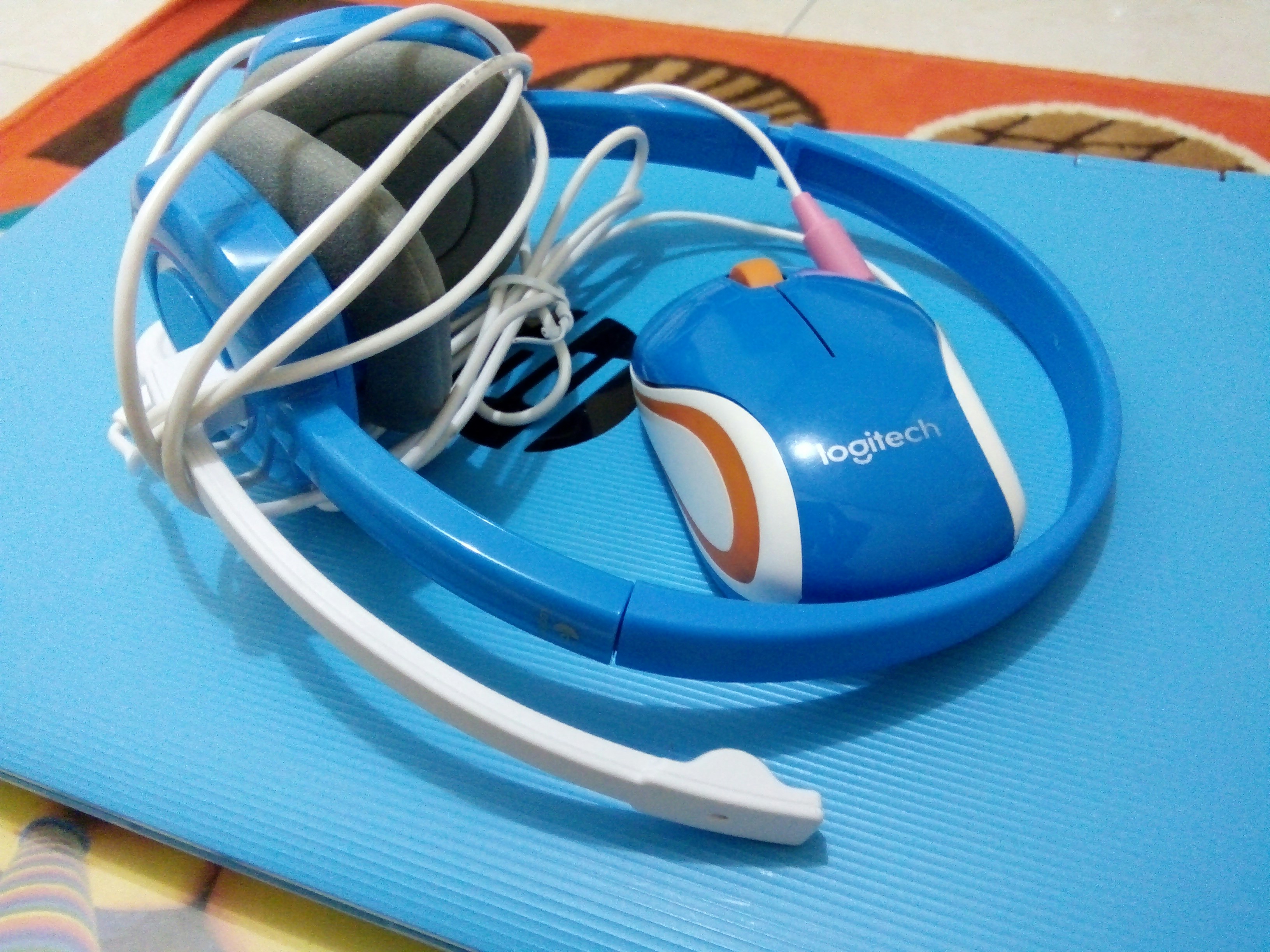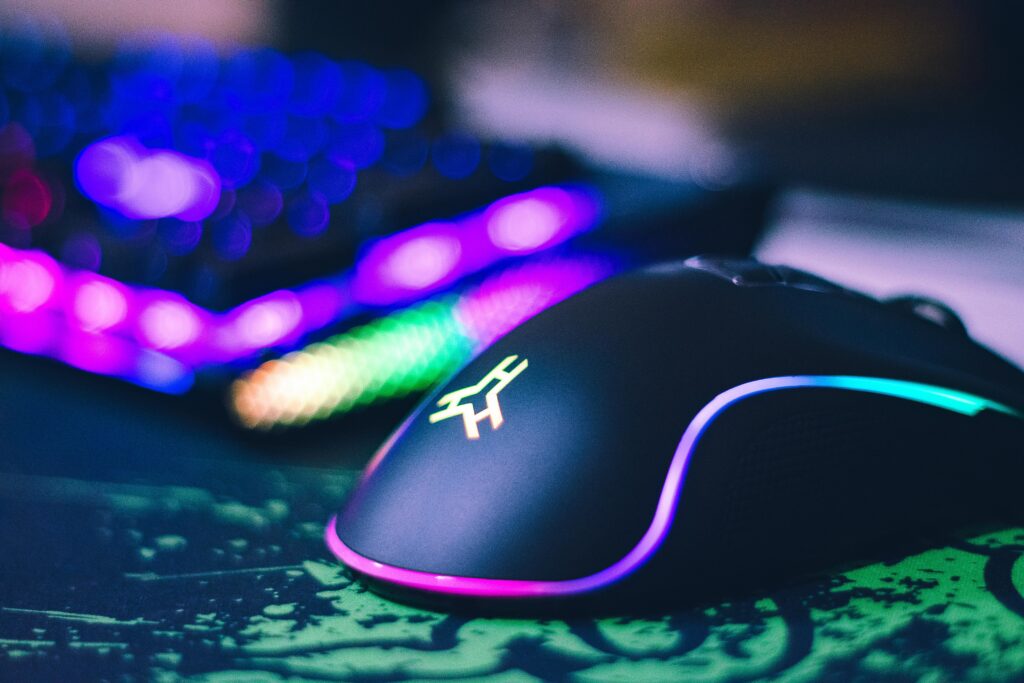Understanding Bluetooth Technology

Bluetooth technology is a wireless communication protocol that allows devices to exchange data over short distances using radio waves. Originally developed in the 1990s, Bluetooth operates within the 2.4 GHz ISM band and enables connectivity between a wide range of devices, such as phones, computers, headphones, and peripherals like mice. The fundamental mechanism behind Bluetooth is its ability to create a low-power, secure connection that is suitable for various applications.
One of the primary advantages of using Bluetooth, especially for wireless peripherals like mice, is the freedom from cables. This wireless setup offers increased mobility and convenience, allowing users to position devices more flexibly without being hindered by cords. Compared to wired solutions, Bluetooth mice eliminate the need for USB ports, which can be particularly useful for devices with limited connectivity options. Additionally, Bluetooth devices are less susceptible to interference and provide a more stable connection than alternatives like infrared.
Compatibility is another critical aspect when exploring Bluetooth technology. Most modern computing devices, including Windows computers, Mac systems, and tablets, are equipped with integrated Bluetooth support. It is essential to verify that your device is Bluetooth-capable before purchasing a Bluetooth mouse, as older devices may not have this functionality. Furthermore, even if a device is Bluetooth-enabled, ensuring it uses a compatible version of Bluetooth is important for optimal performance. Users should be aware of the range limitations, typically around 30 feet, which can affect connectivity in larger spaces.
In conclusion, Bluetooth technology serves as a vital component for wireless communication, providing significant benefits for connecting mice to various devices. Its convenience, compatibility, and robust performance make it an appealing choice for users seeking a seamless computing experience.
Connecting a Bluetooth Mouse on Windows
Connecting a Bluetooth mouse to your Windows PC is a straightforward process that enhances your computing experience. To begin, ensure that your Bluetooth mouse has fresh batteries and is turned on. The first step is to access the Bluetooth settings on your Windows computer. Click on the Start menu, and select ‘Settings,’ which can be identified by the gear icon. In the Settings window, navigate to the ‘Devices’ section, where you will find the Bluetooth option.
Once in the ‘Devices’ menu, locate the Bluetooth toggle. If Bluetooth is disabled, click the toggle to turn it on. Your Windows PC will automatically start searching for available Bluetooth devices. Next, you need to prepare your Bluetooth mouse for pairing. This typically involves pressing and holding a designated button on the mouse until a light indicator blinks, indicating that it is in pairing mode. Consult the user manual of your mouse for specific instructions, as the pairing process may vary slightly by model.
After a few moments, your mouse should appear in the list of available devices on your Windows screen. Click on the name of your Bluetooth mouse, and then select ‘Pair.’ Your PC may prompt you to confirm the connection, at which point you should follow any additional on-screen instructions. If successfully connected, your mouse will be ready for use immediately. In some cases, users may encounter connection issues, such as the mouse not appearing in the device list. Troubleshoot these issues by ensuring the mouse is sufficiently charged, re-entering pairing mode, or restarting your computer to refresh the Bluetooth settings.
Following these steps will facilitate a seamless connection between your Bluetooth mouse and Windows PC, providing you with greater flexibility and ease of use.
Connecting a Bluetooth Mouse on Mac
Connecting a Bluetooth mouse to a Mac device is a straightforward process that enhances user experience through improved navigation and efficiency. To begin, ensure that your Bluetooth mouse is charged and turned on. Typically, there is a dedicated power button located on the underside of the device. Once powered, the mouse needs to be set to pairing mode. Refer to your specific mouse’s guidelines, as this may involve holding down a specific button or switch until a light begins to blink, indicating that it is ready to pair.
Next, navigate to the Apple menu located in the upper-left corner of your screen. Select “System Preferences,” then click on “Bluetooth.” This action will bring you to the Bluetooth preferences window, where you will see a list of available devices. Ensure that Bluetooth is turned on; if it is not, click “Turn Bluetooth On.”

In the Bluetooth preferences window, your mouse should appear under the list of devices as “Not Connected.” Click on the name of your mouse to initiate the connection. Once clicked, you may see a prompt to confirm pairing; select “Pair” to proceed. Upon successful pairing, the status will change from “Not Connected” to “Connected.” At this point, your Bluetooth mouse should be ready for use.
Should you encounter issues during the pairing process, first ensure that the mouse is indeed in pairing mode and that no other device is connected to it. You may also try turning off and then on the Bluetooth on your Mac or restarting your mouse. If problems persist, consider removing the mouse from the list of devices in the Bluetooth preferences and retrying the pairing process. With these steps, you can easily connect your Bluetooth mouse to your Mac, allowing for a seamless operating experience.
Connecting a Bluetooth Mouse on Tablets
Connecting a Bluetooth mouse to tablets, such as iPads and Android devices, can significantly enhance user experience, providing improved navigation and control. The process varies between operating systems, so it is essential to follow the correct steps for each type.
For iPads, the setup is straightforward. Begin by ensuring your Bluetooth mouse is adequately charged and in pairing mode. Next, navigate to the Settings app on your iPad. From there, select Bluetooth and toggle it on if it is not already enabled. You will see a list of available devices; wait for your mouse to appear. Tap on the mouse name to initiate the pairing process. Once paired, your iPad will confirm the connection, and you can begin using the mouse immediately across applications.
On Android tablets, the procedure is similar but may vary slightly based on the manufacturer and version of the operating system. Start by placing your Bluetooth mouse in pairing mode. Open the Settings menu on your tablet and select Connected devices or Bluetooth, depending on your device. Ensure Bluetooth is activated. Your tablet will search for available devices, and once your mouse appears, tap on it to connect. After a brief moment, you should receive a confirmation that the mouse is connected and ready for use.
After successful connection on either device, it’s beneficial to explore any specific settings related to mouse usage. In iPadOS, users can adjust cursor speed and color in the Accessibility settings, while Android often allows for customization through the Mouse and touchpad settings. This flexibility allows users to optimize their experience across different applications, enhancing productivity and comfort while using a mouse on their tablet.



